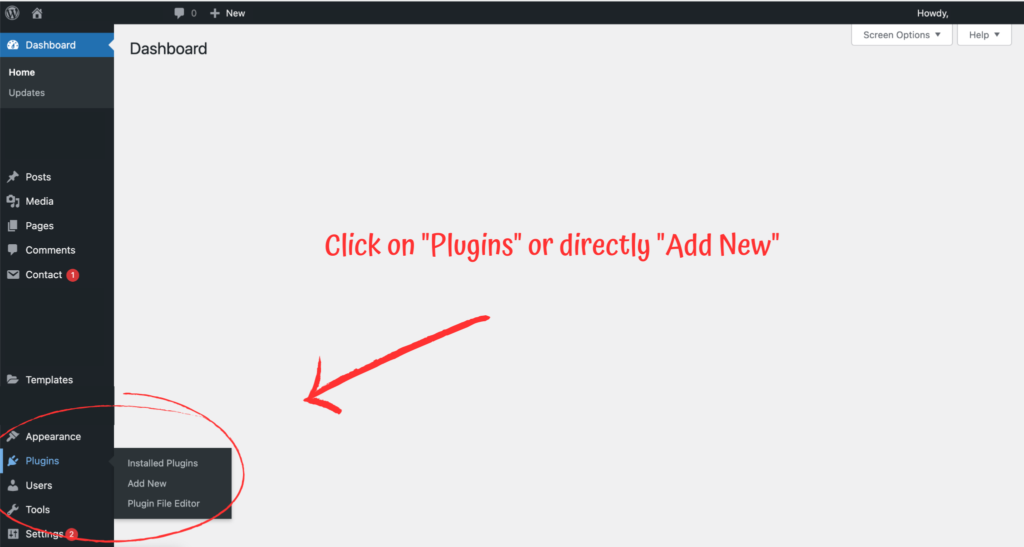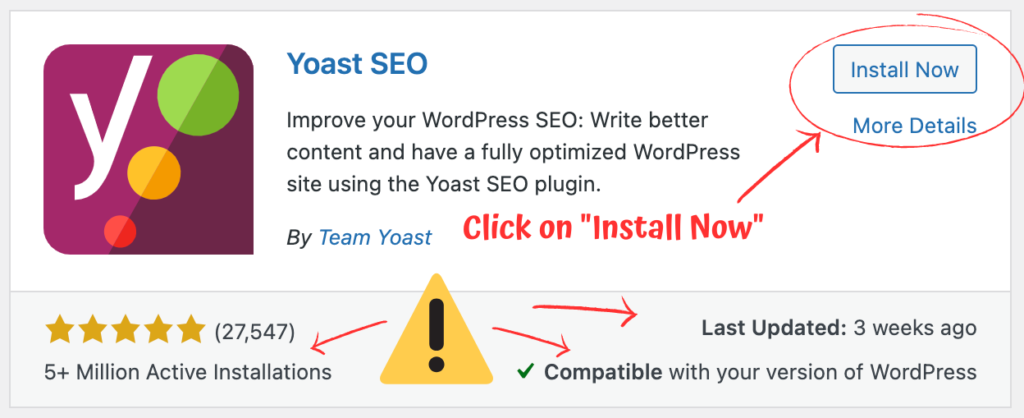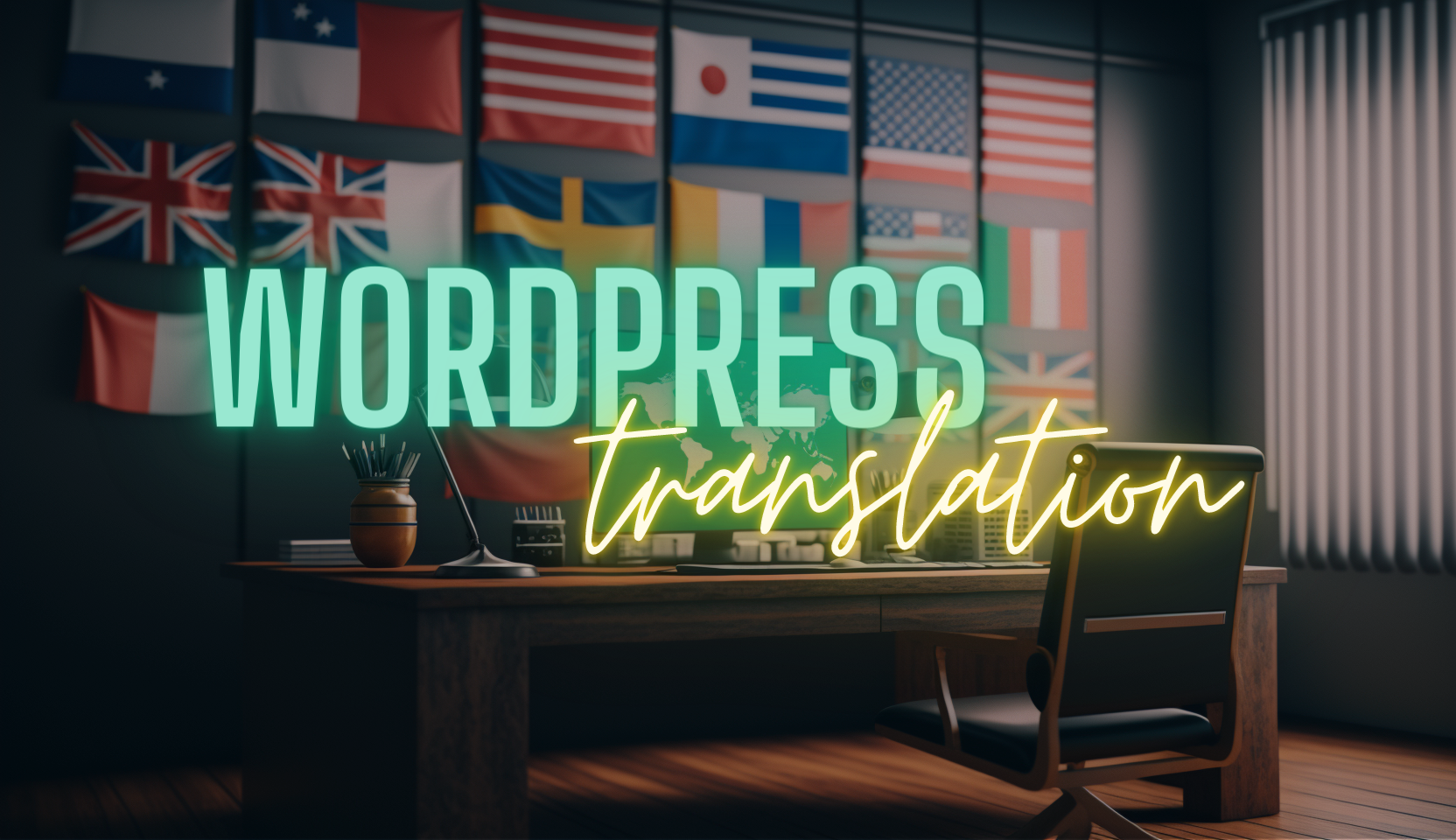WordPress is one of the most popular content management systems (CMS) used to build websites, with over 40% of the web using it. It’s easy to use, customizable, and versatile, making it an excellent choice for businesses looking to establish an online presence.
If your website is only available in one language, you may be missing out on a significant portion of your potential audience. Translating your WordPress website can help you reach a broader audience, increase engagement, and ultimately drive more sales.
In this article, we’ll discuss the importance of translating your WordPress website and provide some tips on how to do it effectively.
Importance of understanding the target audience:
When it comes to website translation, understanding your target audience is crucial. You’ll need to consider their language preferences, cultural nuances, and browsing habits. For example, if you’re targeting customers in Japan, you’ll need to translate your website into Japanese and consider the different design and content expectations of Japanese users.
By taking the time to understand your target audience, you can ensure that your translated website resonates with them and meets their needs. This can lead to higher engagement, increased trust, and ultimately more conversions.
Determine the Scope of Your Translation Project
Before you start translating your WordPress website, it’s essential to determine the scope of your translation project. This will help you analyze your website content, set priorities and goals, and decide on the target languages.
Analyzing your website content is the first step in determining the scope of your translation project. You should review all the pages and posts on your website and identify which content needs to be translated. Some pages or posts may not need to be translated if they are irrelevant to your target audience or don’t drive traffic to your website.
Setting priorities and goals for translation is the next step. You should identify which pages or posts are most important to your business and prioritize them for translation. This could be pages that drive traffic, generate leads, or sell products. You should also set specific goals for each translated page or post, such as increasing traffic, generating leads, or improving user engagement.
Deciding on the target languages is the final step in determining the scope of your translation project. You should consider the languages spoken by your target audience and choose the languages that will have the most significant impact on your business. It’s also important to consider the languages spoken by your competitors and whether translating your website into those languages could give you a competitive advantage.
By analyzing your website content, setting priorities and goals, and deciding on the target languages, you can determine the scope of your translation project and ensure that you allocate your resources effectively.
Choose the Right Translation Method
The next step is to choose the right translation method.
There are three primary methods for translating a WordPress website: manual translation, automatic translation, and a hybrid approach.
Manual translation involves hiring professional translators to translate your website content manually. This method is the most accurate and reliable, as it ensures that the translated content is culturally appropriate, grammatically correct, and contextually relevant. However, manual translation can be time-consuming and costly, especially for websites with a lot of content.
Automatic translation, on the other hand, uses machine translation technology to translate website content automatically. This method is faster and more cost-effective than manual translation, but the quality of the translations can vary significantly, especially when it comes to complex language and technical terms.
A hybrid approach combines both manual and automatic translation methods. This approach involves using machine translation to translate large volumes of content quickly and accurately, while professional translators review and edit the translations to ensure accuracy and cultural appropriateness.
When choosing the right translation method, it’s essential to consider your budget, timeline, and quality expectations. If accuracy and cultural appropriateness are critical to your project, manual translation or a hybrid approach may be the best option. However, if you have a limited budget and timeline, automatic translation may be a more practical choice.
Install and Configure Translation Plugins
Once you have determined the scope of your translation project and chosen the right translation method, the next step is to install and configure a translation plugin for your WordPress website.
There are several popular translation plugins available for WordPress, including WPML, Polylang, and Weglot. Each plugin offers unique features and functionality to help translate your website content.
To install a translation plugin, log in to your WordPress dashboard and navigate to the Plugins section.

Then, click on “Add New” and search for the plugin you want to use.


Once you find the plugin, click on “Install Now” and wait for the installation to complete.

After the plugin is installed, you will need to configure its settings to match your translation goals and preferences. This may include selecting the target languages, choosing the translation method (manual, automatic, or hybrid), and deciding on how to handle different types of content (such as posts, pages, and widgets).
Each translation plugin has its own configuration process, so be sure to follow the instructions provided by the plugin developer.
In general, you will need to create translation pages or widgets, and then assign them to the appropriate language. By installing and configuring a translation plugin, you can easily translate your WordPress website and ensure that it is accessible to a wider global audience.
Test Your WordPress Translated Website
Testing your translated website is a crucial step in ensuring that your content is accessible and user-friendly for your target audience. Here are some key considerations for testing your translated website:
- Test for functionality: Ensure that all links, buttons, forms, and other interactive elements on your website are functioning correctly in the translated version. Check that any plugins or widgets used on the original website are compatible with the translated version.
- Test for user experience: Review the translated website from the perspective of your target audience. Is the layout and design visually appealing and easy to navigate? Are the translated text and images culturally appropriate and relevant? Is the translated website responsive and mobile-friendly?
- Test for language accuracy: Review the translated content for any errors or inconsistencies in grammar, spelling, or punctuation. Consider hiring a professional proofreader or editor to review the translated content and ensure that it is accurate and high-quality.
- Test for local search optimization: Ensure that your translated website is optimized for local search in your target market. Test keywords and meta descriptions to ensure they are culturally relevant and resonate with your target audience.
- Look out for common issues: Common issues with translated websites include broken links, missing images, incorrect translations, and formatting errors. Test your website thoroughly to identify and address any issues before launching.
By testing your translated website, you can ensure that your content is high-quality, culturally appropriate, and accessible to your target audience.
Launch Your Translated Website
After completing all the steps for translating your WordPress website, it’s time to launch your website and make it accessible to your target audience. Here are some final steps to take before making your website live:
- Make sure all translated content is properly implemented: Before launching your website, make sure all translated content is properly implemented and accessible to users in their respective languages. Check to ensure all pages and links are working correctly.
- Optimize your website for local search: Optimize your website for local search engines by using relevant keywords and phrases in your content, meta descriptions, and other areas that affect search engine optimization (SEO).
- Test your website’s loading speed: A fast-loading website is essential for providing a positive user experience, so test your website’s loading speed to ensure it is optimized for speed.
- Double-check for any errors: Review your translated content one last time to ensure there are no grammatical or spelling errors that may negatively affect user experience.
Promoting Your Translated Website to Your Target Audience
Once your translated website is live, it’s time to promote it to your target audience. Here are some ways to get your translated website in front of your audience:
- Use social media: Share your translated website on your social media channels to reach your existing audience and encourage them to share it with others.
- Run targeted ads: Use targeted ads to reach your desired audience based on demographics, location, interests, and more.
- Engage with your audience: Engage with your audience by responding to comments, reviews, and feedback in a timely manner. This will help to build trust and credibility with your audience.
- Use email marketing: Use email marketing to promote your translated website to your existing email list and encourage them to visit your website and share it with others.
By following these steps, you can successfully launch and promote your translated WordPress website to your target audience, expanding your reach and establishing a global presence.
Measure and Improve Your Translation Strategy
Measuring the success of your translation strategy is crucial to understanding its impact on your website’s global reach and user engagement. Here are some key performance indicators to consider:
- Traffic: Monitor website traffic to gauge the effectiveness of your translation strategy. Analyze the number of visitors to your translated pages, the bounce rate, and the average time spent on each page. This will help you understand the level of interest in your translated content.
- Conversion Rates: Track the conversion rates of your translated pages to measure how well they perform in terms of achieving your business goals. Whether your goals are to generate leads or to sell products, conversion rates will indicate the success of your translation strategy.
- Engagement: Analyze the engagement of your target audience with your translated content. Monitor comments, shares, and other interactions to understand the level of interest and engagement among your target audience.
- SEO Ranking: Analyze the ranking of your translated pages on search engines to ensure that they are optimized for local search. This will help you to attract more traffic and improve the visibility of your translated content.
Once you have measured the success of your translation strategy, you can use the data to continuously improve it. Here are some best practices for doing so:
- Regularly update your translated content to ensure it is accurate and relevant to your target audience.
- Collect feedback from your audience and use it to refine your translation strategy.
- Monitor changes in the market and the behavior of your target audience to adapt your translation strategy accordingly.
- Consider investing in machine learning technology to improve the accuracy and efficiency of your translations over time.
By continuously improving your translation strategy, you can ensure that your translated website remains relevant and engaging to your target audience, and ultimately drive success for your business.
Bottom Line
In today’s globalized world, translating your WordPress website is a crucial step in reaching a wider audience and expanding your business internationally. While it may seem daunting at first, with the right approach and tools, translating your website can be a manageable and rewarding process. By determining the scope of your translation project, choosing the right translation method, preparing your content for translation, and testing and launching your translated website, you can ensure a successful outcome.
It’s also important to continually measure and improve your translation strategy, keeping in mind the needs and preferences of your target audience. By following best practices and regularly monitoring key performance indicators, you can make informed decisions about your website’s translation and localization.
Overall, investing in website translation is a smart decision for any business looking to compete in today’s global marketplace. By making your content accessible to a wider audience, you can increase your brand visibility, establish trust with your international customers, and ultimately, drive business growth.




